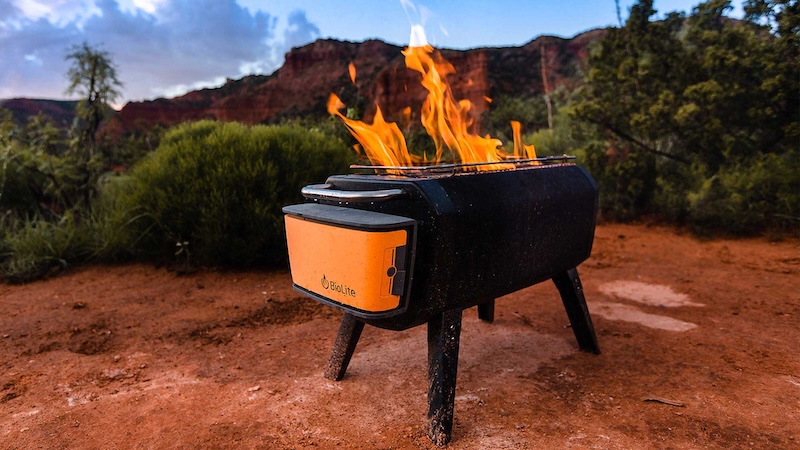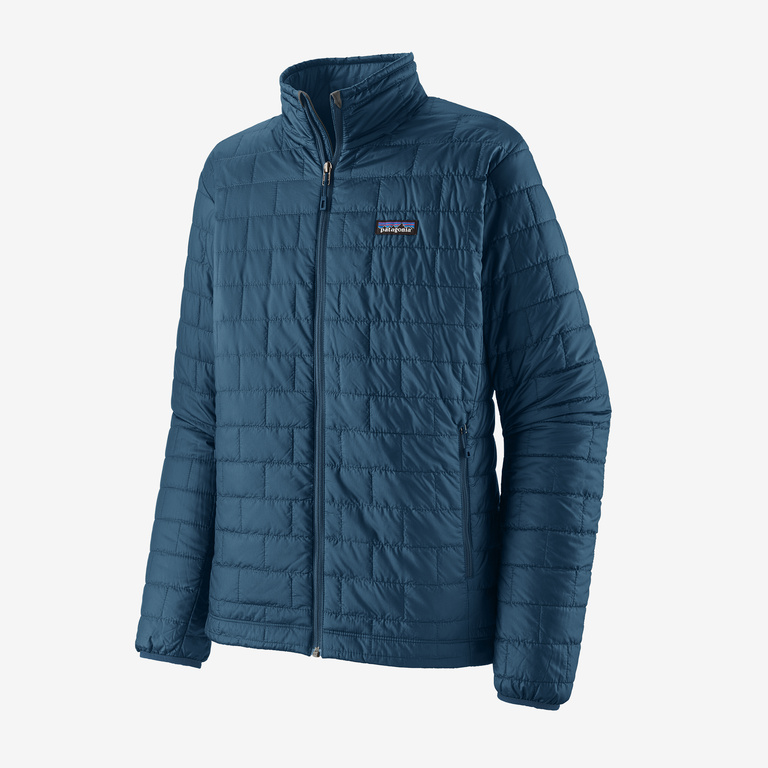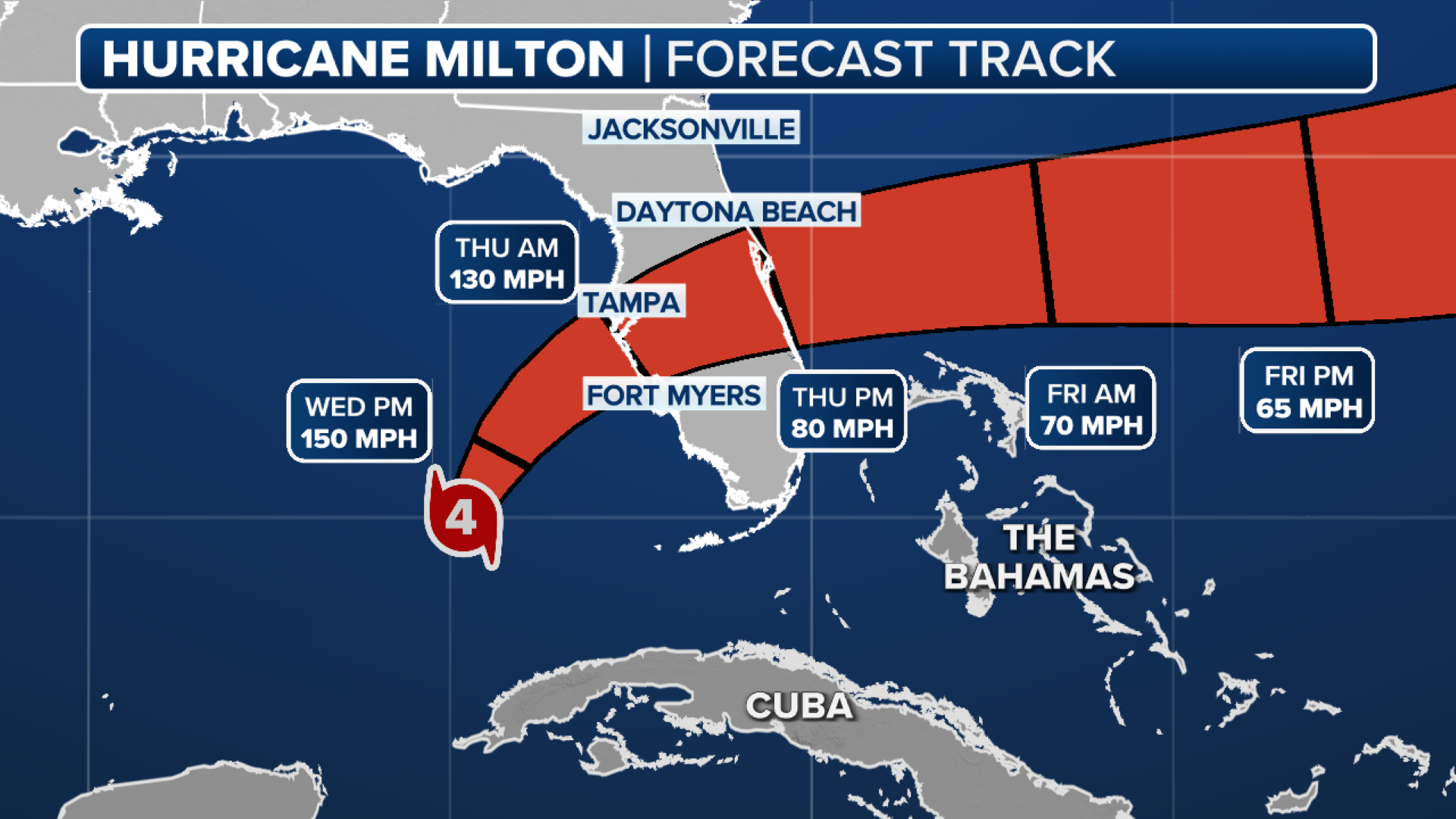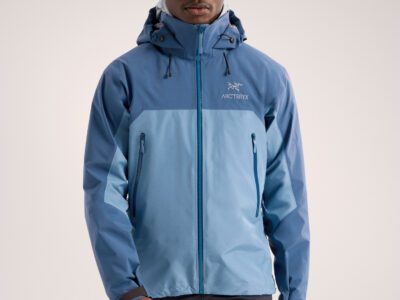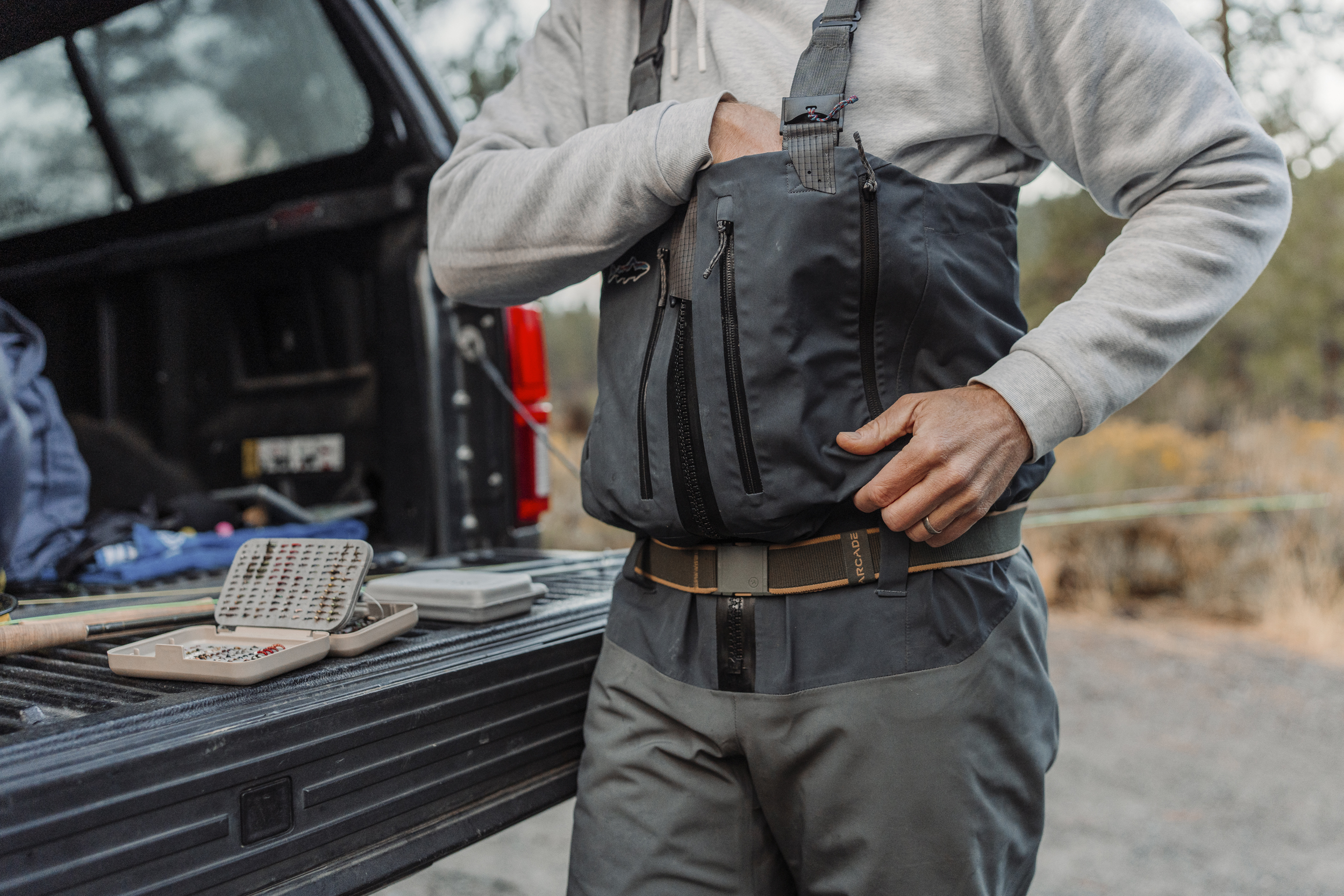
Overlanding, the exhilarating adventure of traveling off-road in rugged terrain, requires reliable communication for safety and coordination. While cell phones may suffice in urban areas, they often fail to provide the necessary coverage in remote locations. This is where GMRS (General Mobile Radio Service) radios come in. GMRS radios offer extended range communication, making them an essential device for overlanding enthusiasts. In this blog, we will explore the basics of GMRS radios, the benefits of using them in overlanding, how to choose the right GMRS radio, the importance of antennas, the role of repeaters, and other communication devices for overlanding.
Understanding GMRS Radio
Before diving into the details, let’s understand what GMRS radio is and how it works. GMRS, which stands for General Mobile Radio Service, is a licensed radio service in the United States. These radios operate on UHF frequencies and require a valid license from the Federal Communications Commission (FCC) for legal operation. GMRS radios can transmit voice and data signals, making them suitable for short-range communication. With the proper setup, GMRS radios can have a range of up to several miles, depending on terrain and obstacles.
Basics of GMRS Radio
To use a GMRS radio legally, one must obtain an FCC license. The license provides access to specific frequencies allocated for GMRS radio use, ensuring that communication remains clear and uninterrupted. GMRS radios come in two main types: handheld and mobile. Handheld GMRS radios are portable and offer convenience for users on the move, while mobile GMRS radios are typically mounted in vehicles, providing extended range communication.
A typical GMRS radio setup includes the radio unit, antenna, and battery for power. The handheld radios are lightweight and easy to carry, making them suitable for overlanding. On the other hand, mobile radios are more powerful, offering increased range in communication. Both handheld and mobile GMRS radios can be equipped with repeaters, which further extend the range of communication.
GMRS radios also have various tech features that can enhance the overlanding experience. For example, some radios have built-in GPS tracking capabilities, allowing users to relay accurate location information. This makes them vital tools for trail runs, off-roading, and other outdoor activities. Additionally, GMRS radios offer specific frequencies, ensuring reliable communication that is distinct from other common radio services such as the Family Radio Service (FRS).
Benefits of Using GMRS Radio in Overlanding
One of the primary benefits of using GMRS radios in overlanding is the reliable communication they provide. Unlike cell phones, which may not have coverage in remote areas, GMRS radios offer a dependable means of communication, keeping overlanders connected even in the most challenging conditions.
The extended range of GMRS radios is another key advantage. With the ability to transmit over several miles, these radios are ideal for overlanding, where travelers often venture into less populated areas. Whether in the vast wilderness or mountainous terrain, GMRS radios ensure that communication remains strong and consistent.
In emergency situations, GMRS radios serve as crucial means of communication, allowing overlanders to call for help if needed. These radios can be the lifeline in emergencies, providing a reliable connection when cell phone signals are weak or unavailable. Additionally, GMRS radios are particularly useful in mountainous terrain, where cell phone signals may not reach.
Another advantage of GMRS radios is their clarity in communication. With specific frequencies assigned to GMRS radios, the chances of interference from other devices are minimized, resulting in clear and reliable communication. This is especially important in overlanding, where effective communication can make a difference in safety and coordination.
Overall, GMRS radios offer the range, reliability, and clarity necessary for successful overlanding adventures. They provide a means of emergency communication, extended range, and reliable connectivity, making them an essential tool for all overlanders.

Choosing the Right GMRS Radio for Overlanding
Choosing the right GMRS radio is crucial for a successful overlanding experience. Factors such as range, battery life, tech features, and antenna setup should be considered when selecting a GMRS radio. Let’s delve into the details of what to look for when buying a GMRS radio for overlanding.
Factors to Consider While Buying a GMRS Radio
When buying a GMRS radio for overlanding, there are several factors to consider to ensure you choose the right one for your needs. These factors include:
- Antenna mount: Consider the type of antenna mount the radio has, as this can affect the range of communication. Magnetic antenna mounts are popular for overlanding, providing stability and range.
- Battery life: For extended overlanding trips, battery life is crucial. Look for radios with long battery life or the ability to use rechargeable batteries for extended use without worrying about running out of power.
- Mobile radio or handheld CB radio: Decide whether you need a mobile radio that can be mounted in your vehicle or a handheld CB radio that offers portability. This will depend on your specific overlanding setup and preferences.
- GPS tracking: Some GMRS radios come equipped with GPS tracking features, allowing users to relay accurate location information. Consider whether this feature is important for your overlanding adventures.
- Tech features: Look for additional tech features that can enhance the usefulness of the radio, such as weather alerts, emergency communication features, or the ability to connect to other devices.
- By considering these factors, you can select the GMRS radio that best suits your overlanding needs, ensuring reliable communication throughout your adventures.
Popular GMRS Radio Models for Overlanding
When it comes to popular GMRS radio models for overlanding, a few names stand out. These radios have gained recognition among overlanders for their range, reliability, and user-friendly features. Here are some popular GMRS radio models worth considering:
- Midland GXT1000VP4: Known for its extended range, the Midland GXT1000VP4 offers reliable communication for overlanding enthusiasts. It has a range of up to 36 miles, making it suitable for covering vast wilderness areas. With its waterproof design, long battery life, and NOAA weather alerts, this radio is a top choice for outdoor enthusiasts, including overlanders.
- Uniden SX507-2CKHS: The Uniden SX507-2CKHS is another popular choice amongst GMRS users. It offers reliable communication, especially in mountainous terrain, where cell phone signals may not reach. With a range of up to 50 miles, this radio provides the extended range needed for overlanding adventures. It also features weather alerts, NOAA emergency weather channels, and rechargeable batteries for convenience.
- Motorola T800: The Motorola T800 boasts impressive GPS tracking capabilities, making it a valuable tool for overlanding. With its range of up to 35 miles, this radio allows users to stay connected and share location information accurately. It also offers emergency communication features, weather alerts, and the ability to connect with a smartphone via Bluetooth, enhancing the overlanding experience.
- Cobra ACXT1035R FLT: The Cobra ACXT1035R FLT is known for its emergency communication features, making it an excellent choice for overlanding. It has a range of up to 37 miles and offers reliable communication, even in challenging atmospheric conditions. This radio features built-in NOAA weather alerts, emergency alert button, and a built-in flashlight, adding to its versatility for overlanding.
- Retevis RT76P: The Retevis RT76P combines durability, range, and tech features, making it suitable for overlanding adventures. With a range of up to 30 miles, this handheld radio provides reliable communication in various terrains. It also offers NOAA weather alerts, emergency features, and the ability to connect to other radios, making it a practical choice for overlanding enthusiasts.
- These popular GMRS radios have gained a reputation among overlanders for their range, reliability, and features. Consider your specific overlanding needs and preferences when choosing the most suitable GMRS radio model for your adventures.
Importance of Antenna in GMRS Radio
The antenna is a vital component of a GMRS radio setup, as it plays a crucial role in communication range and clarity. A well-designed and properly installed antenna can significantly enhance the performance of a GMRS radio, ensuring reliable communication during overlanding expeditions.
Role of Antenna in GMRS Radio Communication
The antenna serves as the interface between the radio and the outside world, transmitting and receiving the radio waves that carry communication signals. In the case of GMRS radios, the antenna setup plays a significant role in the range and clarity of communication.
A key consideration when installing the antenna is the location and type of mount. Magnetic antenna mounts, which provide stability and range, are popular choices for overlanding vehicles. These mounts allow the antenna to be easily attached to the vehicle’s roof or exterior, ensuring optimal performance.
The antenna cable is another important factor to consider. High-quality antenna cables are essential for minimizing signal loss and maximizing the radio’s range. Proper cable length and routing are critical to ensure that the antenna is correctly connected to the radio unit.
For mobile radios used in overlanding vehicles, the ground plane is an essential element of the antenna setup. A ground plane acts as a reflector of the radio waves, enhancing the antenna’s performance and range. Ground plane antennas, which utilize the vehicle’s metal body as a ground plane, are commonly used in overlanding setups.
Overall, the antenna plays a crucial role in GMRS radio communication, impacting the range, clarity, and overall performance of the radio setup. Proper antenna location, high-quality cables, and ground plane optimization all contribute to reliable communication during overlanding adventures.
Tips for Choosing the Best Antenna for GMRS Radio
Choosing the right antenna for your GMRS radio setup is essential to optimize communication range and clarity. Here are some tips to consider when selecting the best antenna for overlanding:
- Consider the antenna mount: Determine the most suitable antenna mount for your overlanding vehicle. Magnetic antenna mounts are versatile and widely used, providing stable connectivity and extended range.
- Assess the range capabilities: Look for antennas specifically designed for extended range communication. These antennas are optimized for overlanding and other outdoor activities, offering reliable communication over greater distances.
- Optimize the ground plane: If you’re using a mobile radio setup, ensure that the ground plane is properly optimized. A well-grounded antenna system improves the radio’s performance, range, and clarity.
- Choose the right cable length: Select the appropriate length of antenna cable for your specific overlanding setup. Ensure that the cable is of high quality to minimize signal loss and maximize range.
- Consider additional tech features: Some antennas offer additional tech features, such as weather resistance or lightning protection. Assess the specific needs of your overlanding adventures to determine if these features are important for your antenna choice.
- By considering these tips, you can select the best antenna for your GMRS radio setup, ensuring reliable communication over extended distances during overlanding expeditions.
Understanding Repeaters and their role in GMRS Radio
Repeaters play a crucial role in extending the range of communication for GMRS radios. Understanding the purpose of repeaters and how they work can help overlanders optimize their communication range during off-grid adventures.
What are GMRS Repeaters?
GMRS repeaters are devices that amplify and retransmit GMRS radio signals, extending the range of communication. These repeaters operate on specific frequencies, typically between 462 and 467 MHz, allocated for GMRS use.
GMRS repeaters are strategically placed in locations that provide broad coverage, allowing users to communicate over extended distances. When a GMRS radio transmits a signal to a repeater, the repeater receives the signal, amplifies it, and then retransmits it over a wider range.
By utilizing repeaters, overlanders can significantly enhance their communication range. This is especially beneficial in remote areas or mountainous terrains, where the range of direct communication may be limited. GMRS repeaters can overcome these obstacles, allowing users to communicate over much greater distances.
Advantages of Using Repeaters in GMRS Radio
Using repeaters in combination with GMRS radios offers several advantages for overlanders. These advantages include:
- Extended range: By accessing repeaters, the range of communication for GMRS radios can be extended by several miles. This allows overlanders to stay connected over greater distances, even in remote or mountainous areas.
- Reliable communication: Repeaters provide a more reliable means of communication, particularly in challenging atmospheric conditions. They can overcome obstacles such as terrain, buildings, and vegetation, ensuring that communication remains clear and uninterrupted.
- Improved clarity: Repeater-assisted communication often results in improved clarity compared to direct communication. As repeaters amplify and retransmit the signals, the quality of the communication is enhanced, minimizing audio distortions and disruptions.
- By utilizing repeaters, overlanders can overcome the limitations of direct communication range, ensuring reliable communication over extended distances. Whether traversing mountainous terrain or exploring remote locations, repeaters offer a valuable tool for enhancing communication clarity and range.
Decoding the Range of GMRS Radio
Understanding the range of a GMRS radio is essential for overlanders, as it determines the communication capabilities of the device in different terrains and conditions. Let’s explore the factors that affect the range of a GMRS radio and how to maximize its effectiveness during overlanding expeditions.
Factors Affecting the Range of GMRS Radio
Several factors can affect the range of a GMRS radio, including:
- Terrain: Mountainous terrain can limit the range of GMRS radios, as the rugged landscape obstructs radio signals. Communication range may be reduced when operating in areas with steep gradients, dense forests, or deep valleys.
- Atmospheric conditions: Weather conditions and atmospheric interference, such as thunderstorms or dense fog, can impact the range of GMRS radios. These conditions introduce additional obstacles for radio waves and may affect communication clarity.
- Ground plane: For mobile radios, the quality of the ground plane affects the radio’s range and performance. Optimizing the ground plane, such as through proper grounding of the antenna, can help maximize the radio’s range in overlanding vehicles.
- Antenna: The type and setup of the antenna play a significant role in the range of a GMRS radio. Choosing the right antenna, with the appropriate gain and design for overlanding, ensures optimal range and communication clarity.
- By understanding these factors, overlanders can make the necessary adjustments to optimize their GMRS radio range, ensuring reliable communication throughout their adventures.
How to Maximize the Range of Your GMRS Radio
To maximize the range of your GMRS radio during overlanding expeditions, consider the following tips:
- Utilize repeaters: Accessing repeaters significantly extends the range of communication for GMRS radios. By leveraging repeater networks, overlanders can communicate over even greater distances, extending the range of their radio setup.
- Consider a mobile radio: If overlanding in a vehicle, consider installing a mobile GMRS radio, which offers higher transmission power and range compared to handheld radios. Mobile radios, when paired with properly mounted antennas, can provide extended communication range in overlanding setups.
- Optimize the antenna mount: Ensure the antenna mount of your GMRS radio setup is properly installed and secured. A sturdy magnetic antenna mount, attached to the vehicle’s roof or exterior, provides stability and better range.
- Include an extended-range antenna: Consider upgrading the antenna of your GMRS radio setup with an extended-range option. An antenna specifically designed for overlanding can further enhance communication range, allowing you to stay connected over greater distances.
- By following these tips, overlanders can maximize the range of their GMRS radios, enabling reliable communication over extended distances, especially in remote or challenging terrain.
Getting Licensed for GMRS Radio
Obtaining the necessary license is a crucial step for legal operation of GMRS radios. Let’s explore the licensing process and the benefits of obtaining a GMRS license for overlanding.
Understanding the Licensing Process
To legally operate a GMRS radio, users must obtain a license from the FCC. The GMRS license grants users access to the specific frequencies allocated for GMRS radio use, ensuring that communication remains clear and uninterrupted.
The licensing process involves completing an application, which can be easily done online, and paying a nominal fee. The license covers the radio setup, allowing multiple users within the license holder’s family or business to operate GMRS radios.
Understanding the licensing process is essential for radio users, as it ensures compliance with FCC regulations. By obtaining a GMRS license, overlanders can operate their radios legally, avoiding potential fines or penalties.
Benefits of Getting a GMRS License
Obtaining a GMRS license offers several benefits for overlanding enthusiasts. These benefits include:
- Access to specific frequencies: With a GMRS license, users have access to the specific frequencies allocated for GMRS radio communication. This ensures reliable communication, free from interference from other radio services.
- Extended range communication: Licensed users can take advantage of the extended range capabilities of GMRS radios. By utilizing specific frequencies, the range of communication can be significantly extended, allowing overlanders to stay connected over greater distances.
- Reliable communication: Having a GMRS license guarantees the legal operation of the radio setup, ensuring that communication remains reliable. Licensed users can enjoy the clarity and consistency of communication that comes with using specific frequencies and complying with FCC regulations.
- By obtaining a GMRS license, overlanders can tap into the full capabilities of GMRS radios, including extended range communication and reliable connectivity. The license provides the necessary authority to operate the radios within the legal limits, ensuring a smooth overlanding experience.
The FCC website is the Devil
Note: The title of this H3 section seems out of place and could be considered editorializing. It may be advisable to revise this title to maintain a professional and informative tone.
The FCC website is a valuable resource for overlanders looking to obtain a GMRS license. It provides essential information, resources, and guidance regarding GMRS licensing. The website allows users to apply for, renew, or modify their GMRS licenses, making the process convenient and accessible.
Accessing the FCC website is integral for overlanders, as it provides the necessary information to navigate the GMRS licensing process. It ensures that users are well-informed about the regulations, requirements, and procedures related to GMRS radios.
Whether you are obtaining your first GMRS license or renewing an existing one, the FCC website is the go-to source for all the information you need. By utilizing the resources available on the website, overlanders can ensure compliant and lawful operation of their GMRS radios.
Other Communication Devices for Overlanding
While GMRS radios are an excellent choice for overlanding communication, there are other devices worth considering. Let’s explore the comparison between GMRS radios and other communication devices, as well as tips for using multiple devices effectively during overlanding.
Comparison Between GMRS and Other Devices
GMRS radios, CB radios, amateur radios, and Family Radio Service (FRS) radios are all options for communication during overlanding. Here’s a comparison of these communication devices:
- GMRS radio: GMRS radios offer extended range communication and reliable connectivity, making them popular among overlanders. They require an FCC license for legal operation and provide clear communication using specific frequencies. GMRS radios are versatile and well-suited for overlanding adventures.
- CB radio: Citizens band (CB) radios have been used for decades as a means of communication among road users, including overlanders. CB radios have limited range, typically up to a few miles, and operate on shared frequencies. While they offer less range than GMRS radios, CB radios can be beneficial for communication over long distances, especially in truck convoys or groups of overlanders.
- Amateur radio (ham radio): Ham radios, also known as amateur radios, offer extensive communication capabilities, with the potential for long-range communication under the right conditions. However, obtaining an amateur radio license requires passing an examination, which can be more involved compared to the GMRS license.
- Family Radio Service (FRS) radio: FRS radios are widely available and do not require a license for use. However, they have limited range compared to GMRS radios, typically up to a few miles, and operate on shared frequencies. FRS radios are suitable for short-range communication, such as within a small group of overland vehicles.
Tips for Using Multiple Communication Devices
Using multiple communication devices can enhance the communication capabilities of overlanding adventures. Here are some tips for effectively using multiple communication devices during overlanding:
- CB radio: Consider using a CB radio in addition to a GMRS radio. CB radios allow communication over long distances, making them useful for coordinating with other overland groups or trucking communities on the road.
- GMRS radio: Utilize the extended range and clarity of GMRS radios for communication within your overlanding group or family. GMRS radios can cover greater distances and offer reliable communication, even in remote areas.
- Satellite phone: Carry a satellite phone as part of your communication setup. Satellite phones provide global coverage, ensuring communication in the most remote areas without relying on cell phone signals. In emergency situations, satellite phones can be vital for calling emergency services or notifying family and friends.
- Comms setup: Set up your communication devices in a way that allows for seamless integration and easy access. Consider using external antennas for improved range and clarity, ensuring reliable communication throughout your overlanding adventures.
- By utilizing multiple communication devices, overlanders can take advantage of the unique capabilities of each device, enhancing their communication range, clarity, and overall safety during overlanding expeditions.
Final Thoughts on GMRS Radio for Overlanding
GMRS radios have proven to be essential communication tools for overlanding, offering reliable, extended range communication in remote, off-grid areas. From the basics of GMRS radios to the importance of antennas and the role of repeaters, we’ve explored the key factors that make GMRS radios indispensable for overlanding adventures. With their reliable communication, extended range, and clarity, GMRS radios provide peace of mind and enhance the overall safety of overlanding enthusiasts.
Pros and Cons of Using GMRS Radio in Overlanding
Using a GMRS radio in overlanding has its pros and cons. Let’s explore the advantages and limitations of relying on GMRS radios for communication during overlanding adventures.
- Pros of using GMRS radio:
- Reliable communication: GMRS radios offer reliable communication, even in areas with weak or no cell phone coverage, ensuring constant connectivity.
- Extended range: GMRS radios have an extended communication range, allowing overlanders to stay connected over greater distances, which is crucial in remote areas.
- Battery life: GMRS radios typically have longer battery life compared to cell phones, making them reliable communication devices during extended overlanding trips.
- Emergency communication: GMRS radios serve as a means of emergency communication, providing a reliable connection in emergencies, where cell phone signals may be weak or unavailable.
- Cons of using GMRS radio:
- Limited network coverage: GMRS radios rely on the availability of repeater networks or direct line-of-sight communication, making them less effective in certain geographic conditions, such as mountainous terrain or dense foliage.
- Reliance on device battery: While GMRS radios often have longer battery life, overlanders must ensure that they carry spare batteries or have a reliable power source to keep the radios operating during extended overlanding trips.
- Despite these limitations, the advantages of using GMRS radios, such as reliable communication, extended range, and emergency communication capabilities, make them an ideal communication device for overlanding adventures.
Is GMRS Radio the Best Choice for Overlanding?
When it comes to communication devices for overlanding, GMRS radios are certainly a compelling choice. However, whether they are the best choice depends on specific needs and circumstances. Let’s evaluate the advantages of GMRS radios over other communication devices.
GMRS radios offer extended range communication, reliable connectivity, and the ability to communicate in challenging terrain or remote locations. They do not rely on cell phone networks, making them independent of cell phone coverage availability. Unlike satellite phones, GMRS radios do not require a satellite network or the use of sim cards, further simplifying the setup process.
For overlanding enthusiasts, GMRS radios provide a reliable, dedicated communication device with extended range capabilities. They are suitable for coordinating within a group, ensuring emergency communication, and staying connected when cell phone signals are weak or unavailable.
However, it’s important to consider the specific communication needs and preferences of overlanders. Some individuals may prefer the global coverage of satellite phones, while others may opt for the simplicity of cell phone communication. Ultimately, the best choice for overlanding communication depends on factors such as range requirements, terrain conditions, and personal communication preferences.

Frequently Asked Questions
What is a GMRS radio and how does it work?
GMRS radios, short for General Mobile Radio Service, are licensed radios used for short-range communication in the US. Operating on UHF frequencies, they can transmit voice and data signals across several miles, depending on the terrain. To use a GMRS radio, you need an FCC license and a compatible device.
Why is a GMRS radio the best way to communicate while overlanding?
GMRS radios are the best communication option for overlanding due to their longer range and superior signal quality compared to traditional walkie-talkies. With multiple channels, they allow easy communication with fellow travelers and emergency services. These radios are user-friendly, work without cell service, making them ideal for remote areas, ensuring reliable communication and enhanced safety.
What are the benefits of using a GMRS radio over other communication devices?
Using a GMRS radio offers several advantages over other communication devices. With a longer range, clearer audio quality, and more available channels, GMRS radios provide reliable and interference-free communication. Additionally, obtaining a GMRS radio license is easy and covers all members of your group.
What features should I look for when choosing a GMRS radio for overlanding?
When choosing a GMRS radio for overlanding, consider features like high wattage and long-range capabilities for optimal communication. Look for radios with multiple channels and privacy codes to avoid interference. Additionally, prioritize weather alerts and emergency features for safety, along with durability and portability for outdoor use.
Is it legal to use a GMRS radio for communication while overlanding?
Yes, it is perfectly legal to use a GMRS radio for communication while overlanding. However, it is important to note that you need to obtain an FCC license in order to operate a GMRS radio legally. This license allows you to use the GMRS radio for personal or business purposes, and failing to obtain one can result in fines and penalties.
Can I use my regular walkie-talkies or two-way radios instead of investing in a GMRS radio?
While regular walkie-talkies may work for short-range communication, investing in a GMRS radio is recommended for overlanding. GMRS radios offer a longer range, clearer audio quality, and more channels. Plus, using a GMRS radio ensures you are operating legally. It’s worth the investment for better communication and peace of mind.
How far can I communicate using a GMRS radio while overlanding, and what factors affect its range?
The communication range of a GMRS radio while overlanding can vary due to factors such as terrain, obstacles, and weather conditions. In ideal conditions, GMRS radios can communicate up to 5 miles or more. Factors like mountains, buildings, trees, and interference from other devices can affect the range. To maximize range, use high-quality antennas and choose channels with minimal interference.
What are some safety tips to keep in mind when using a GMRS radio while overlanding?
Some safety tips to remember when using a GMRS radio during overlanding include familiarizing yourself with the user manual, using clear language for effective communication, monitoring emergency channels, and programming the correct frequency and tone settings for GMRS repeaters.
In a Nutshell
GMRS radios are an essential communication tool for overlanding enthusiasts. They offer a reliable and efficient way to stay connected with your group, especially in remote areas without cell phone coverage. The benefits of using GMRS radios in overlanding include their long-range capabilities, clear audio quality, and the ability to communicate with multiple users simultaneously. When choosing a GMRS radio for overlanding, factors like durability, battery life, and range should be considered. It is important to note that operating a GMRS radio requires a license from the FCC. While other communication devices like walkie-talkies may seem like alternatives, they often lack the range and features offered by GMRS radios. By following safety tips and proper usage guidelines, GMRS radios can greatly enhance your overlanding experience and ensure effective communication in any situation.
Resources:
https://www.fcc.gov/wireless/bureau-divisions/mobility-division/general-mobile-radio-service-gmrs
https://www.fcc.gov/wireless/universal-licensing-system
https://www.fcc.gov/wireless/bureau-divisions/mobility-division/multi-use-radio-service-murs



